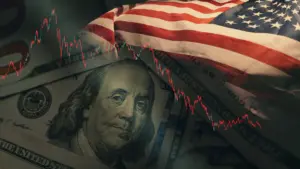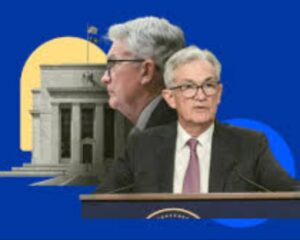Tensions in the Middle East flared up again after Israel launched strikes against Iran, an event that typically causes ripple effects across global markets. This time, however, the financial world reacted in an unexpected way. While oil prices surged and stock markets fell as expected, gold prices climbed significantly—hitting levels last seen in April's record high. In contrast, the U.S. dollar remained surprisingly weak, closing the week with a 1% drop.
Normally, both gold and the U.S. dollar rise in uncertain times as investors search for safe places to store their wealth. This week, though, gold seemed to be the only one carrying that role. The precious metal ended the week with a 3.7% gain, while the dollar fell to its lowest point in nearly three years.
This unusual pattern may reflect a growing unease about the U.S. economy and its role in global trade. Since the political shift marked by "Liberation Day" under the Trump administration, many investors have pulled back from U.S. government debt. They worry that ongoing trade conflicts could fuel inflation and slow down economic growth. In fact, global markets have already taken heavy hits, with bond yields rising from 3.98% in April to about 4.42% now.
As trust in traditional safe-haven assets like U.S. Treasuries fades, gold is stepping up as a more neutral, stable option. Unlike paper currencies or government-issued bonds, gold carries no geopolitical baggage, making it increasingly attractive in a world full of uncertainty.
Still, while gold may look appealing now, it’s worth remembering that market movements based on geopolitical events often don’t last. Once the tension eases or news shifts, gold could give back some of its recent gains. There’s also a chance that the Federal Reserve could respond to inflation fears by keeping interest rates steady, which might influence gold’s path going forward.
For now, gold stands out not just as a shield against inflation or volatility, but as a safe haven in a world that seems to be rewriting its rules.




